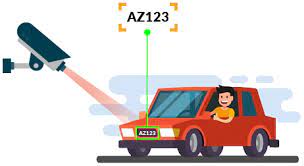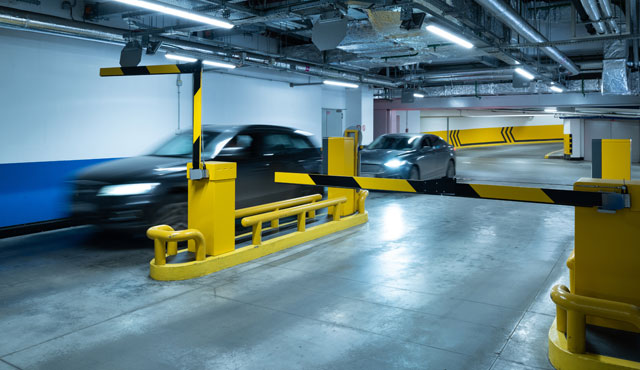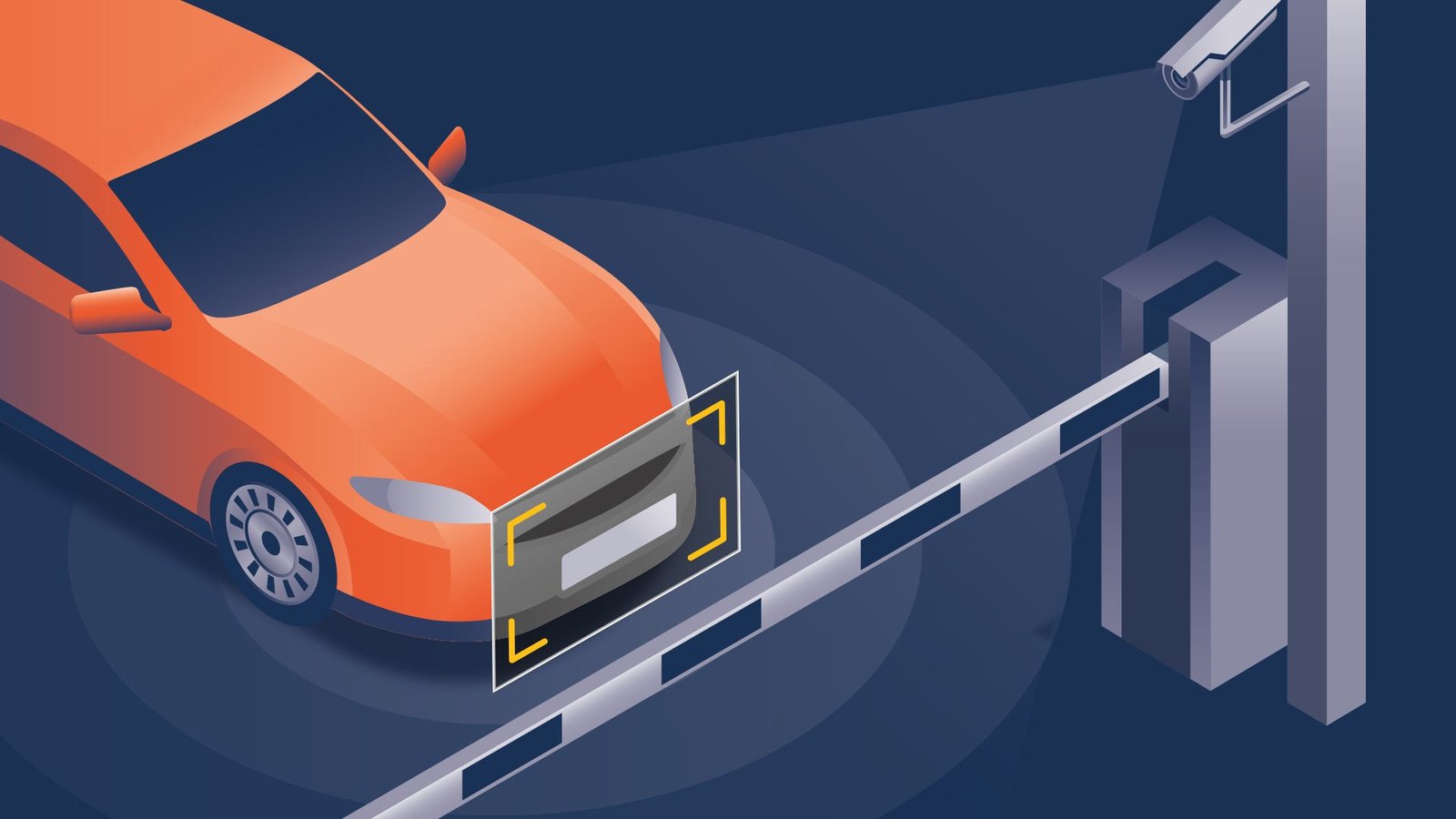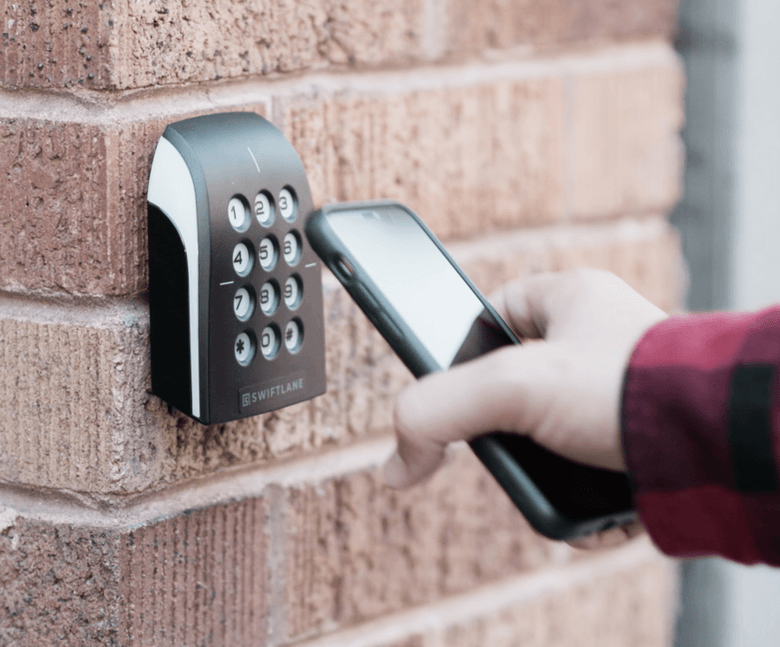Introduction
When it comes to implementing an Automatic License Plate Recognition (ALPR) system in Australia, choosing the right camera is crucial for achieving optimal performance and accurate results.
As a leading provider of advanced security solutions, we understand the importance of selecting the right ALPR camera to meet your specific needs.
In this article, we will guide you through the key considerations that should be taken into account when specifying an ALPR camera, helping you make an informed decision that will enable you to outrank your competition.
1. Camera Resolution
The resolution of an ALPR camera plays a critical role in capturing clear and detailed images of license plates. Higher resolution cameras offer greater clarity and can capture license plates even from a distance, ensuring accurate readings. It is recommended to opt for a camera with a resolution of at least 2 megapixels to achieve reliable ALPR results.
2. Optical Lens Selection
Choosing the right optical lens for your ALPR camera is essential for achieving the desired field of view and capturing clear images. The lens should be selected based on factors such as the distance between the camera and the target area, the desired width and height coverage, and the lighting conditions.
Wide-angle lenses are typically preferred for ALPR applications, as they provide a broader field of view, allowing for the capture of multiple license plates within a single frame.
3. Low-Light Performance
ALPR cameras often need to capture license plates during low-light conditions, such as at night or in dimly lit areas. Therefore, it is crucial to consider the low-light performance of the camera. Look for cameras equipped with advanced low-light technologies, such as wide dynamic range (WDR) and infrared (IR) illuminators. These features enhance image quality, reduce noise, and ensure accurate license plate recognition even in challenging lighting conditions.
4. Image Compression and Storage
Efficient image compression and storage capabilities are vital for ALPR systems, as they directly impact the system’s overall performance and storage requirements. Opt for cameras that support modern compression standards, such as H.264 or H.265, to minimize bandwidth consumption while maintaining image quality.
Additionally, consider cameras with built-in storage options or support for external storage devices to ensure seamless recording and retrieval of ALPR data.

5. Integration and Connectivity
To streamline your ALPR system and ensure seamless integration with other security components, it is essential to consider the camera’s integration and connectivity capabilities. Look for cameras that support industry-standard protocols, such as ONVIF, ensuring compatibility with a wide range of video management systems (VMS) and access control solutions. Furthermore, cameras with Power over Ethernet (PoE) support simplify installation and reduce cabling requirements.
6. Environmental Considerations
When specifying an ALPR camera, it is crucial to consider the environmental conditions in which it will be deployed. Factors such as temperature extremes, humidity, and exposure to harsh weather conditions can impact the camera’s performance and longevity. Therefore, opt for cameras with appropriate environmental ratings, such as IP66 or IK10, to ensure durability and reliable operation in challenging outdoor environments.

7. Advanced Analytics and AI Capabilities
ALPR cameras equipped with advanced analytics and artificial intelligence (AI) capabilities can significantly enhance the overall performance and functionality of your ALPR system. Look for cameras that offer features such as vehicle attribute recognition, vehicle make and model identification, and event-based triggers. These advanced capabilities can provide valuable insights and enable you to extract actionable data from the ALPR system.
Conclusion
Selecting the right ALPR camera is a crucial step towards building a robust and accurate license plate recognition system.
By considering the key factors discussed in this article, such as camera resolution, lens selection, low-light performance, integration capabilities, environmental considerations, and advanced analytics, you can ensure that your ALPR system performs optimally and outranks your competitors.
For further assistance in choosing the ideal ALPR camera for your specific requirements, feel free to reach out to our expert team.





